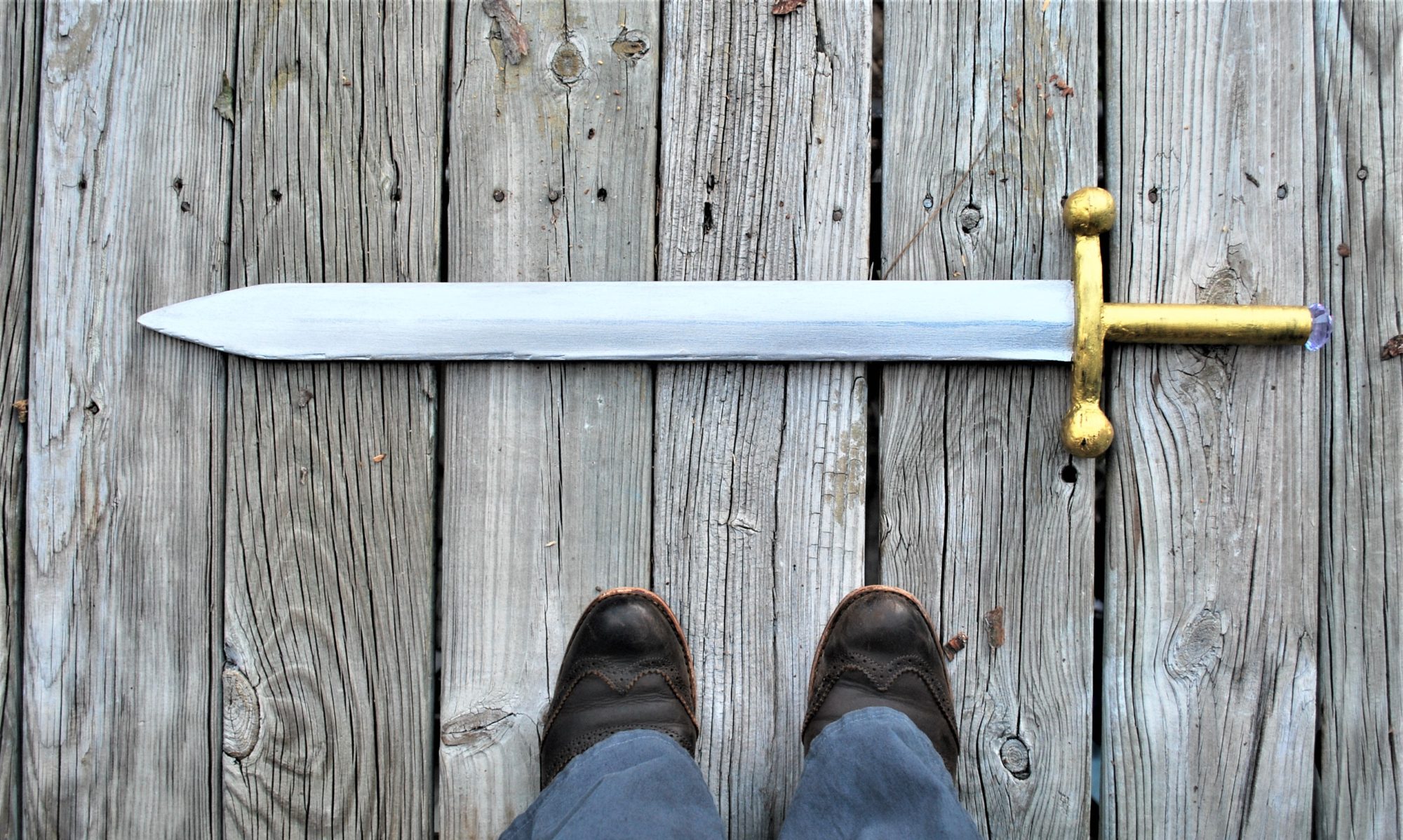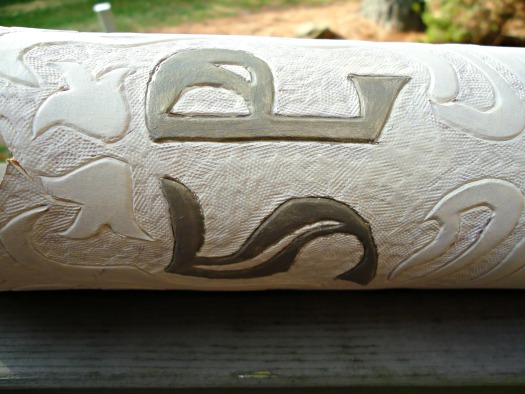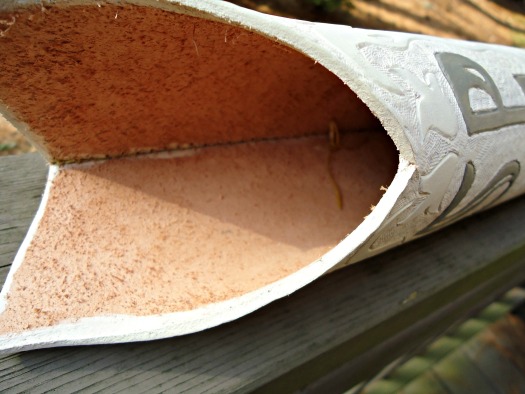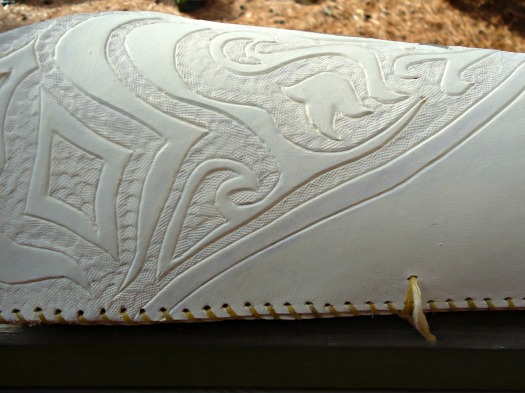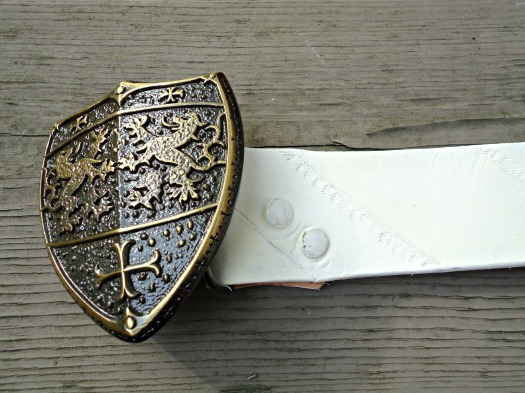Over the break I inherited a large quantity of thread.
Now, this may be the best thing ever, since I almost never remember thread, and often the seams of my clothes end up in black or white, depending on the color of the material.
So now I have colors… but I had nowhere to put them. They were holed up in bags stuffed up next to other sewing notions.
There are so many cool thread holder tutorials on the internet, and plenty more without for inspiration. I needed a low profile one, so I could hang it on a wall, regardless of whether there was a table underneath, and one that I could customize for different sized yarns.
So I bookmarked a few tutorials and said, once I get my paycheck I’ll go out and get supplies.
This Saturday I did! A few paychecks later, of course. Because procrastination is my middle name.
All in all, the wood, sandpaper, and nails came to about $15. I already had E600, and then I spent $2.50 on acrylic paints, which left plenty over. I also got a piece of foam board from the dollar store to make a back, and I need another to cover up the top shelf. Home Depot has a cutting station, so I asked them to cut the furring boards into two foot pieces. (For materials and a word-walk through, see here!)
Saturday afternoon and evening I put together the frame. It took me much longer than I had to, partially because I don’t have clamps, and partially because I had to cut an inch off of two of the boards.
Be warned that when the cutting station has a sign that says they can’t guarantee exact measurements, it’s probably there for a reason. Like they don’t always get even cuts.
So I got out the dinky hack saw that my dad insisted I put into my toolbox, and sawed. Pretty badly too, but I got it done, and managed to sand away the worst of my mistakes.
A few of the pieces were a bit warped, which I think adds to the charm, and so I didn’t care at all about getting perfect right angles, as long as the pieces fit okay.
The next morning I rescued the frame from the cold outside and hammered nails into each shelf to keep the entire thing together and then set to work on hammering in millions of nails for the bobbins. I wasn’t terribly successful, but I managed to get about 23 in per shelf, spaced one inch apart. It’s probably best to not look at my thumb for another couple of days… It was hit too many times.
Because so many of the nails were very crooked, I decided to paint them blue just like the rest of the insides as an attempt to cover up. I think it worked out pretty well!
The aqua and the white match it up well to the rest of my decor.
For the first woodworking project since I was in middle school in shop class, I think I did alright!
A tip though, get the size nails they suggest. Substituting longer and thicker ones was not much fun.
All in all, for about $20 I have a nice little functional bit of thready fun!
